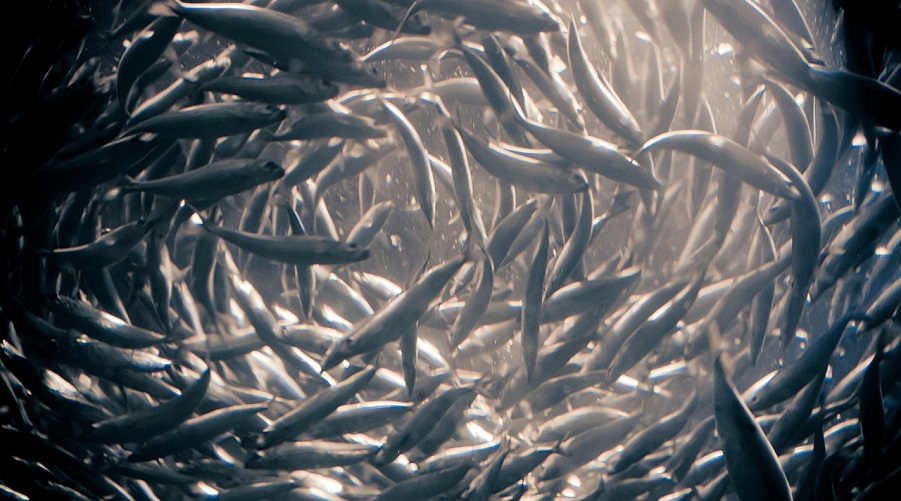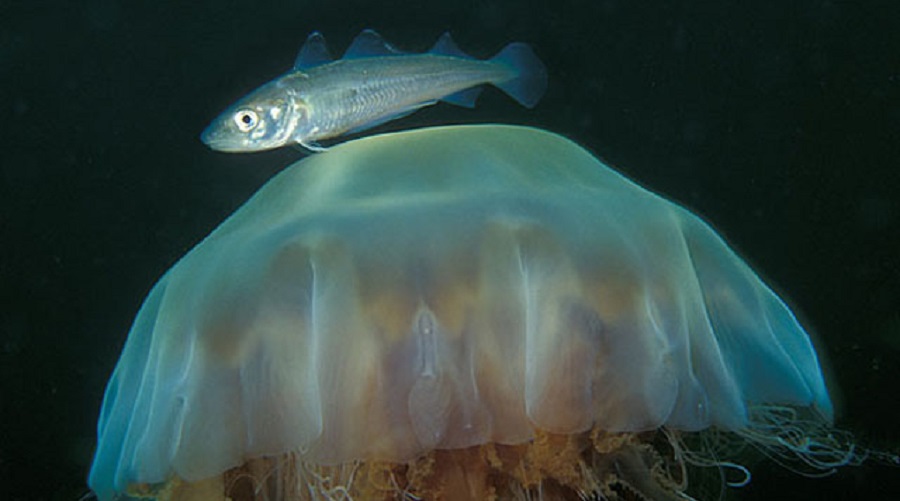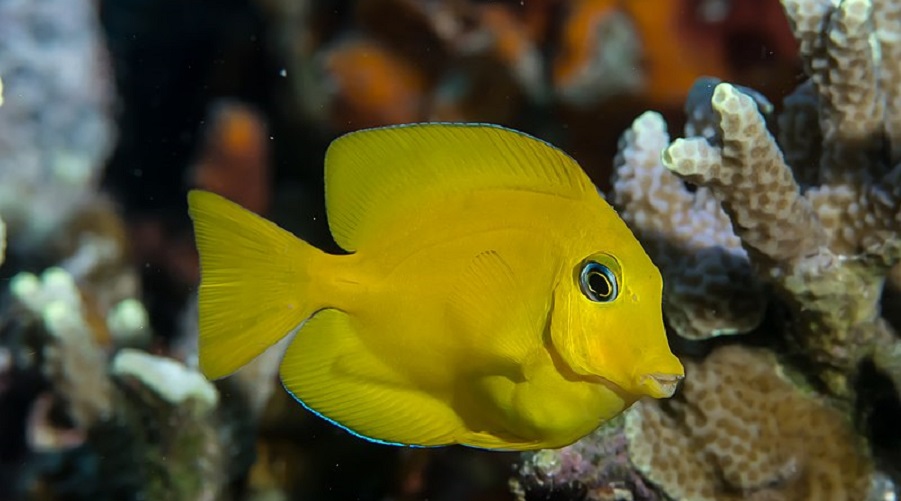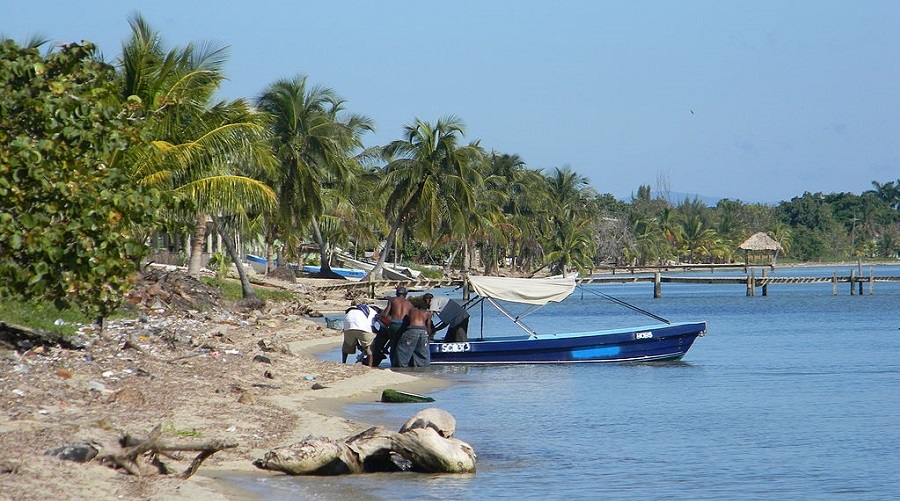By Shannon Barrie – Sea Around Us – Indian Ocean
St. Catherine’s College, located adjacent to the University of Western Australia, recently organized a Faculty and Industry Dinner for their students and selected guests. The event brought together a diverse group of speakers, each possessing unique insights into nature conservation and environmental issues. Among the renowned speakers were John Curtin Distinguished Professor Kingsley Dixon, as well as experts from government, industry and civil society. Adding to the speaking roster was Professor Dirk Zeller, the Director of the Sea Around Us – Indian Ocean.






